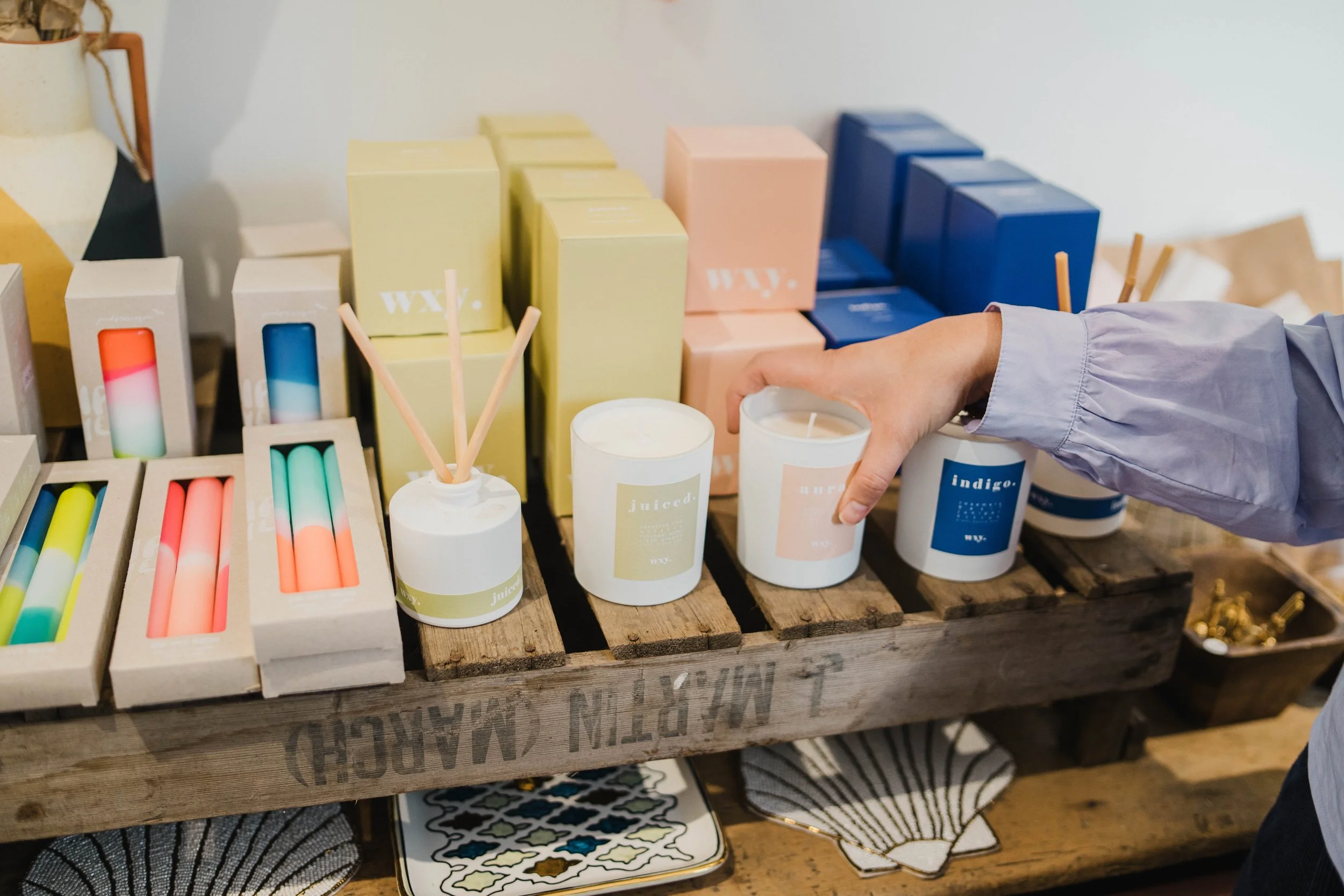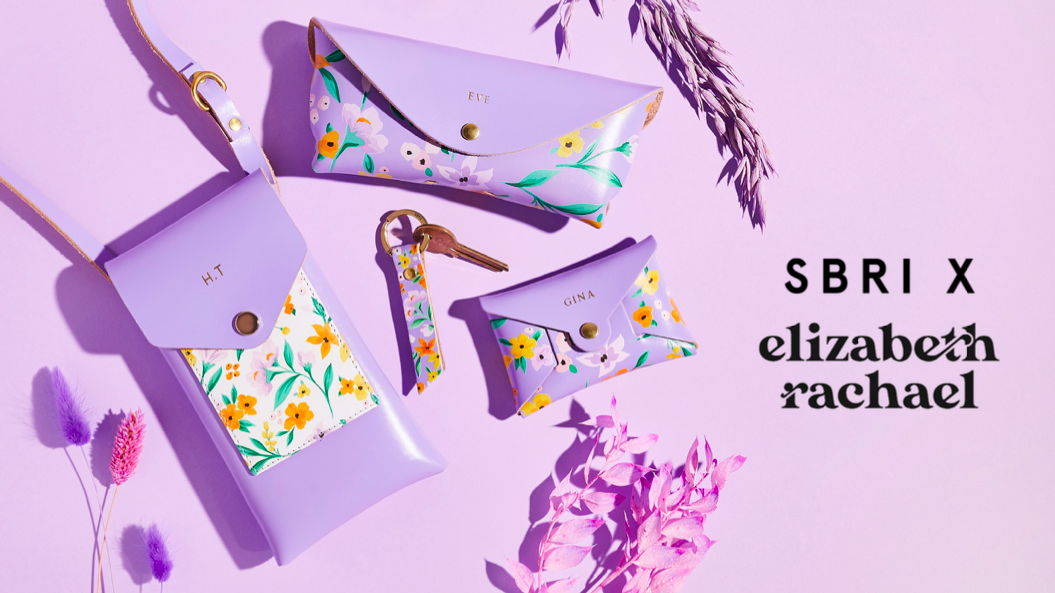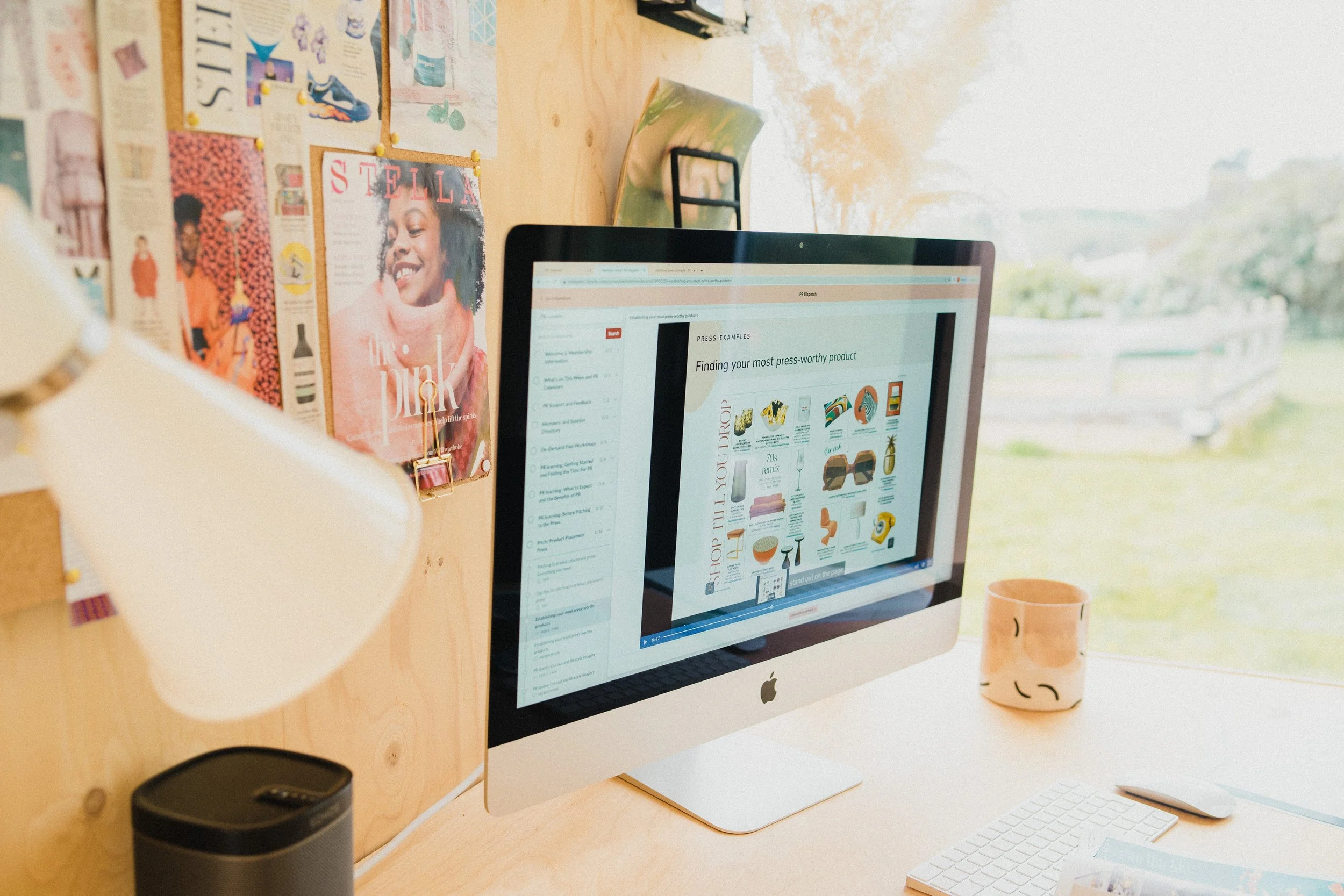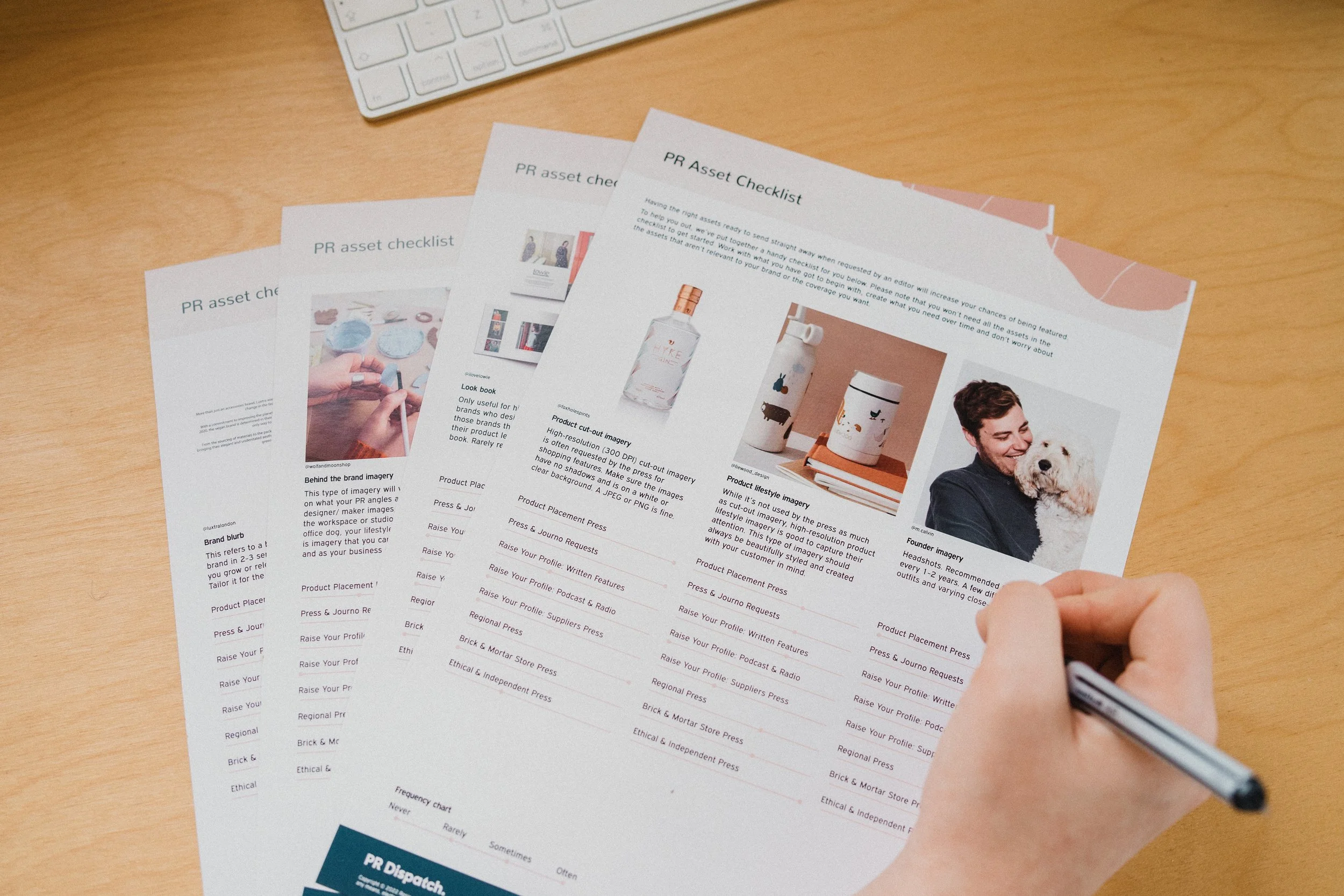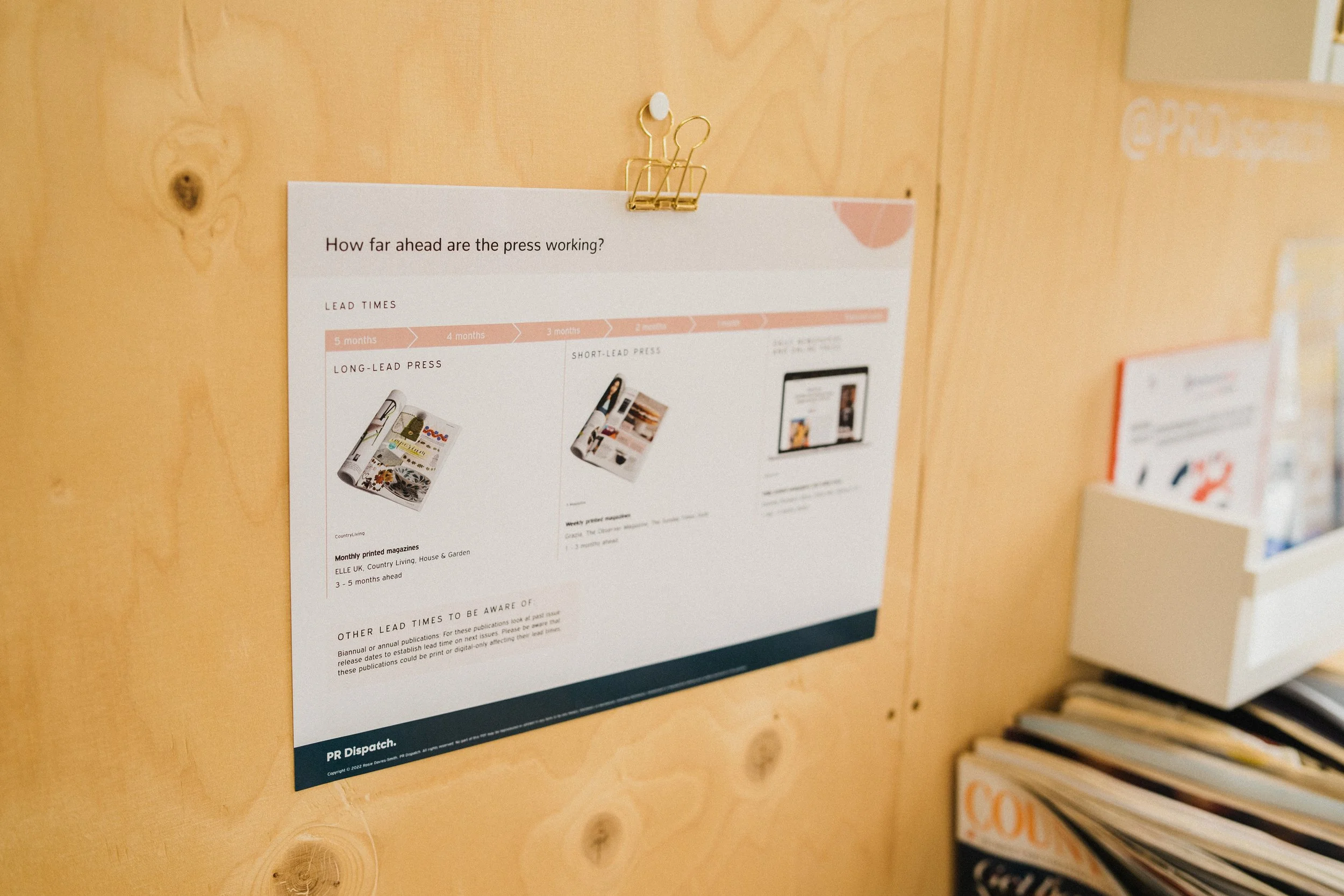What is a press release and when would you use one
One of the most common misconceptions when it comes to PR is that it is solely about writing press releases which we often see brands wasting hours writing.
While there are situations where a press release can be valuable, most of the time, you don’t actually need one. In this blog post, we show you what a press release is and when it is actually needed.
WHAT IS A PRESS RELEASE?
A press release is a one-page PDF document primarily required for time-sensitive, news-worthy, need-to-know information to circulate among the press. The document is generally sent to targeted journalists or editors and contains all of the important information they need to produce their own story.
WHAT SHOULD A PRESS RELEASE INCLUDE?
Contact details
Three to four short paragraphs
Two quotes from you/brand founder/charity/brand collaborating with
Beautifully designed
Relevant imagery
Export as a PDF
Hyperlink social media handles and website
Times, dates, location
Relevant information
Facts and figures
THREE EXAMPLES WHEN A PRESS RELEASE MAY BE REQUIRED
Pop-up shop/shop openings
If you plan to host a pop-up shop or open a physical store, a press release can be a valuable tool for generating excitement about the event or date. To do this effectively, you should use the press release to announce the location and date of the pop-up/shop opening and provide details on how it will be celebrated.
Charitable initiatives
If your brand is involved in a charitable initiative or launching one, a press release can be an excellent way to generate awareness and share important details about the initiative with the press. You can provide editors with all the necessary information about the initiative, such as its goals, objectives and the organisations it will benefit. In addition, you can use the press release to highlight the impact the initiative will have on the community and provide background on the brand’s involvement with the cause. In this situation, a press release can help you amplify the impact of your charitable initiative and demonstrate your brand's commitment to making a positive difference in the world.
Collaborations
When you have an exciting collaboration with another brand coming up, a press release can be useful to distribute details of the collaboration.
A great example of this is SBRI, one of our members, who partnered with British textile and print designer Elizabeth Rachael to create an exclusive collection of personalised floral leather accessories.
To announce their collaboration, they created a press release that featured a beautiful image of the products accompanied by a section of text underneath describing the collaboration and featuring two quotes, one from each founder.
In addition to this, they strategically used keywords to catch the editors’ attention, including phrases such as ‘’sustainably sourced’’ and ‘’small, sustainable brands’’.
The bottom of the press release included prices, contact details, social media handles, and release date. By using a press release to announce their collaboration, SBRI was able to generate excitement around their new collection and attract attention from the press.
EXAMPLES OF WHEN A PRESS RELEASE IS NOT REQUIRED
New brand launch
New product launch
New collection launch
Products at key times of year (i.e. Christmas or Mother’s Day)
TV appearances
TAILOR YOUR APPROACH
Sending out a press release for a new brand, product, or collection launch might not be the most effective strategy as it could be perceived as impersonal.
Instead, taking the time to craft a well-written pitch email that demonstrates that you have researched the publication or journalist you are reaching out to, and have a clear understanding of how your brand or product fits with their readership, is more likely to grab their attention.
This approach shows that you are interested in building a relationship with the journalist or publication, rather than just seeking publicity for your brand.
By including relevant keywords and demonstrating your knowledge of the publication's editorial style, you can increase your chances of being featured in UK magazines and press.
It is also important not to send mass, blanket press releases to a list of contacts. Instead, take the time to tailor your press release and research the appropriate journalist or editor who would be interested in your story. Finding the right contact will increase the chances of your press release being read and taken seriously. We always advise our members to attach the press release to their email as it makes it easy for the recipient to access the information and add a personal element to your pitch email. Taking this extra time to target your distribution is more likely to bring better results in terms of coverage.
LEAD TIMES
When it comes to sending your press release and aiming for a specific release date, it’s important to be aware of the lead times for different types of publications.
Long-lead print publications, which include magazines such as ELLE, Red and Country Living, typically work 3-5 months ahead of their publication date.
Short-lead publications, on the other hand, work 2 weeks to 2 months ahead of their publication date.
Online publications may work anywhere from 1 day to 1 month ahead, while daily publications generally work 2 weeks to 1 day ahead of the publication date.
Understanding these lead times can help you plan your press release strategy and increase the chances of any press being released at the desired time.
CRAFTING AN EFFECTIVE PRESS RELEASE
If your story aligns with the criteria for a press release, follow these five steps to create an impactful one.
Step 1
Content: Your press release should consist of three to four paragraphs (roughly 400 words) that convey all the essential information an editor needs. Include specifics like dates, times, and locations and, if possible, editors appreciate statistics, so if you have relevant facts or figures, incorporate them to add depth to your story.
Step 2
Design: Your press release should be aesthetically pleasing and align with your brand's visual identity. While it doesn't need to be overly complex, a well-designed layout with high-quality images is essential to grab an editor's attention.
Step 3
Relevant Imagery: Think about the features you want to generate through your pitch. Aim to include three to five images that resonate with your specific story.
Step 4
Contact Information and Links: At the bottom of your press release, include essential contact details, such as your brand's website, social media handles, and email address. Ensure all information is hyperlinked, making it easy for editors to connect with you. Depending on your angle, consider including additional links, such as collaborations with charities.
Step 5
Export and Check Links: Before sending your press release, export it as a PDF to maintain formatting. Double-check that all included links are functional to avoid any potential issues.
In conclusion, press releases can be powerful tools for PR success when used strategically. Remember, not every pitch email necessitates a press release so save yourself time and effort by assessing whether your story truly calls for one.
If you do, then check out our latest YouTube video to find plenty of press release examples that we’ve created, and secured press coverage with, over the years.
Give us 3 minutes of your time and we’ll show you how we’ll power up your PR potential and secure the press coverage you deserve.


